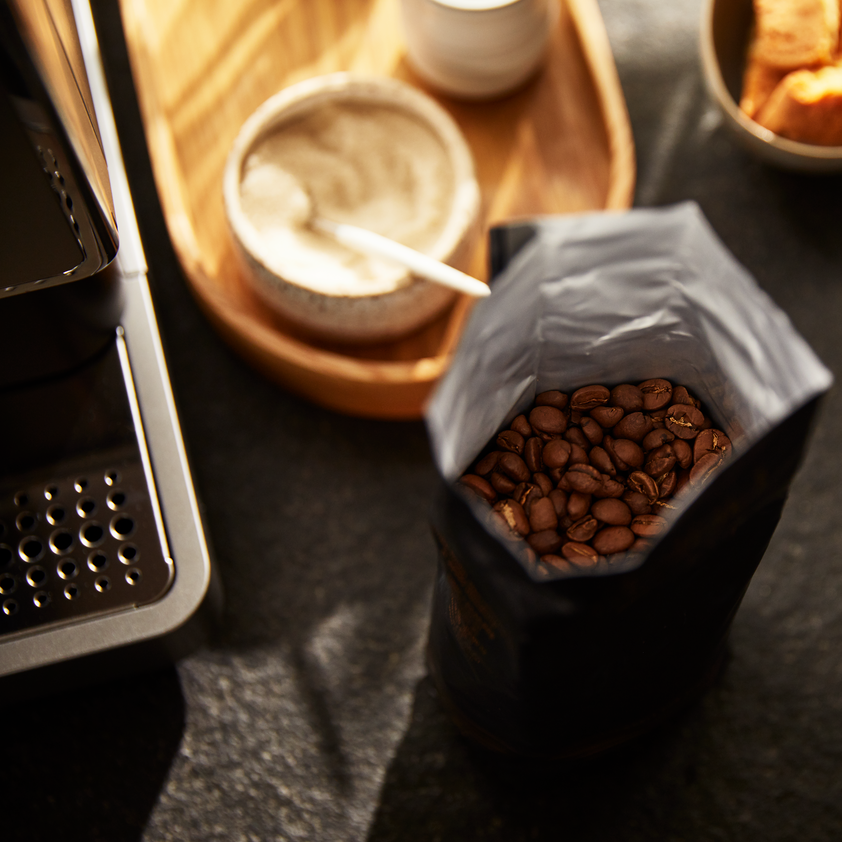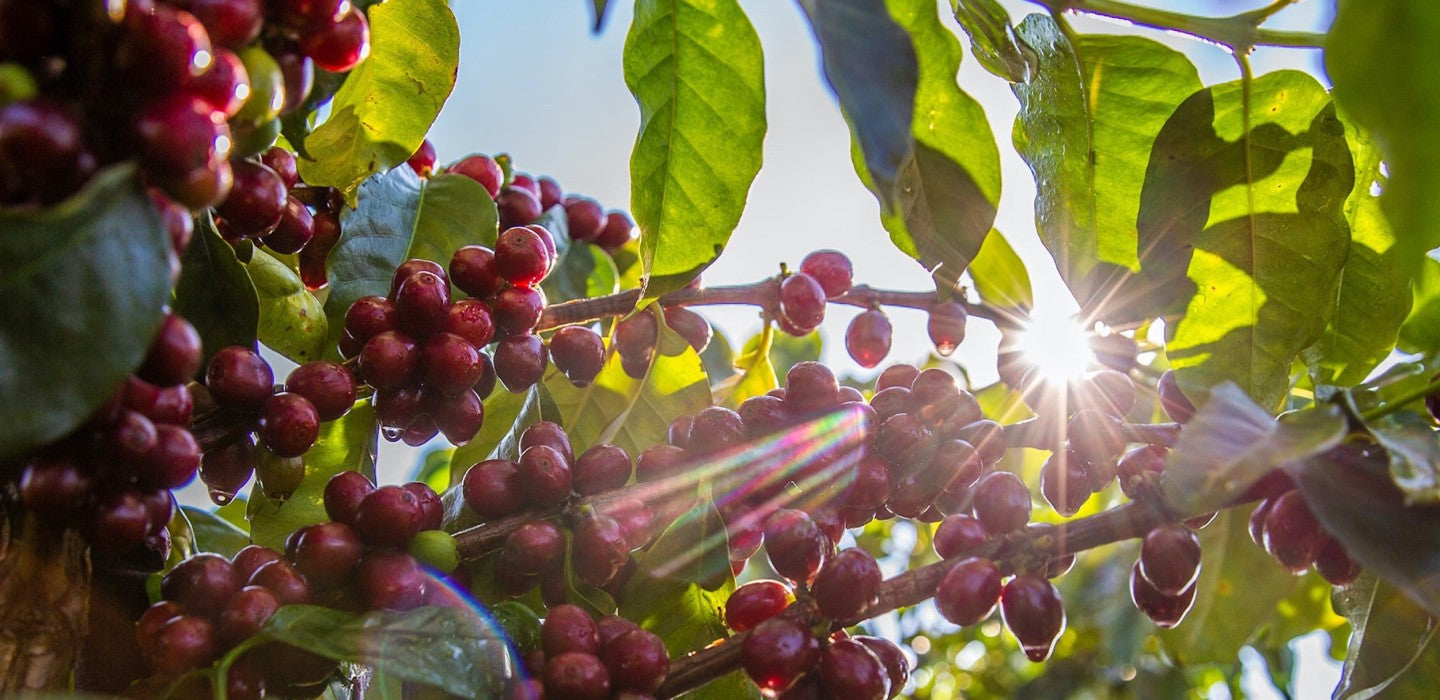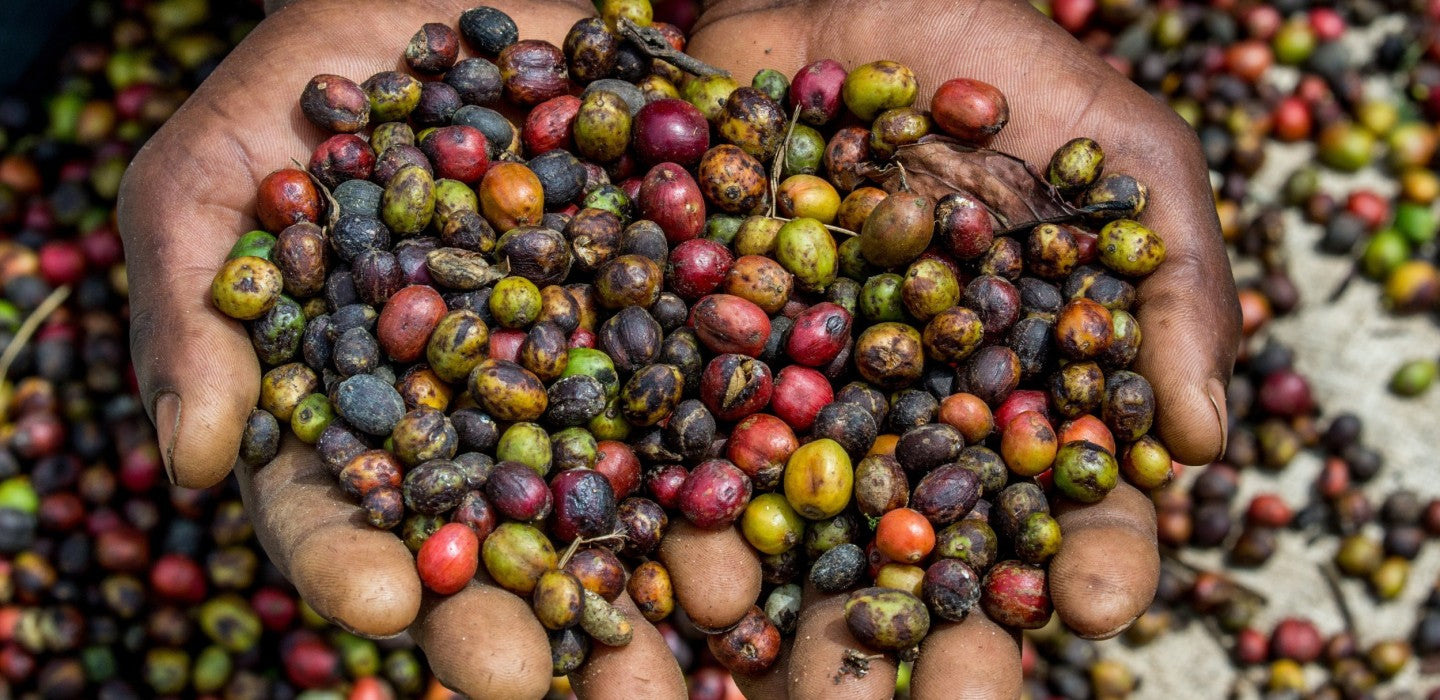Fazenda: Brazil's Heartbeat of Coffee Production
Delve into a deeper understanding of what lies behind each aromatic cup of coffee from Brazil. The term "Fazenda" might strike you as foreign, yet it encapsulates a fascinating tale of coffee production that grants Brazil its distinguished title as the world's biggest coffee producer.
Fazenda - A Snapshot of Brazil's Agricultural Landscape
Fazenda, a Portuguese term, translates to "estate" or "large farm" - a fitting description for the expansive agricultural establishments across Brazil. Commonly, these large estates are used for diverse purposes, ranging from livestock farming to extensive plantations, including the esteemed coffee plantations.
The Story of Coffee Fazendas in Brazil
The evolution of Fazendas in is deeply intertwined with the country's history and socio-economic dynamics. It was common for large tracts of rainforest land to be allocated to affluent landowners or foreign investors, a strategy the Brazilian government employed mainly to enhance the country's meat supply and propel its meat exports. While many Fazendas evolved into cattle ranches, a considerable number also transformed into sprawling coffee plantations.
Open the Door to Coffee Fazendas Across Brazil
In Brazil, coffee cultivation is prominence in 17 out of 26 states. However, about 98% of the country's coffee originates from four principal states: Paraná, Sao Paulo, Minas Gerais, and Espirito Santo. Paraná, in particular, boasts the most substantial coffee production, thanks to its lush highlands that offer fertile grounds perfect for cultivating the acclaimed Arabica beans.
Brazil's Journey to Becoming a Premier Coffee Producer
Brazil's ascension in the coffee world is etched in its myriad coffee Fazendas. Accounting for approximately 34% of global coffee production, Brazil stands as a vital cog in the coffee industry. One anecdote recounts how the coffee plant entered Brazil from French Guiana around the18th century. The countess of Orviliers presented Sergeant Major Francisco de Melo Palheta with some coffee beans during his visit to her plantation. After tasting the coffee and discovering its delightful flavor, Palheta introduced coffee cultivation to Brazil, contributing to the country's transformation into a leading coffee producer today.
As of now, Brazil predominantly grows Arabica and Robusta beans in its coffee estates, with coffee production serving as an essential livelihood source for nearly four million Brazilians working on Fazendas. Every year, Brazil exports around 80 million 60-kg sacks of coffee, mainly to Europe and the USA.
Tasting Notes of Coffee from Brazilian Fazendas
The flavor of Brazilian coffee can be described as mellow with a low acidity level. However, flavor-profile variations occur depending on the coffee's Fazenda and region of origin. Coffee cultivated in the northern coastal region boasts a strong aroma reminiscent of seawater, while the Bourbon beans from southeastern Brazil are celebrated for their mild yet spicy taste. Homegrown favourites include the Bahia bean, a Brazilian specialty that is seldom exported due to its high demand among the locals.
In conclusion, the concept of Fazenda provides a unique lens into the heart of Brazil's coffee production, shaping a comprehensive picture of its journey from an agricultural estate to your coffee cup. So next time you savor a cup of Brazilian coffee, remember to celebrate the rich heritage of its origin that subtly informs every sip you take!





